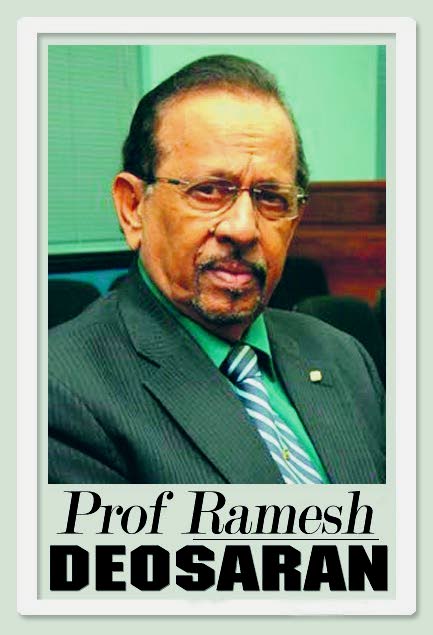Barry, tamed terror

Baton Rouge. From Tuesday to Saturday – July 9 to 13 – it was five days of suspense for the five million population across Louisiana and its southern Gulf Coast. How hard will this category one hurricane Barry hit them? Will it swirl from the gulf into land, and in what direction? Will the Mississippi River rush over its banks once again and flood the streets and houses of lower Louisiana? After all, the frightful memories of 2005 still linger. That was the year of the Katrina disaster. Then in 2016 was another storm-driven evacuation.
As the rains from Barry began to pour two-feet floods onto New Orleans’s streets, French Quarter and all, the fright in upper Louisiana grew. I too was caught way up in Baton Rouge (pop 225,000), innocently arriving from Houston the day before, only to hear news of an incoming weather disruption.
On that Tuesday morning, it didn’t sound that serious, in fact no one was quite sure that they were actually witnessing the anatomy of a windy terror. Seven remarkable things began to happen as Barry became labelled as category one.
1. Grocery shelves became emptier and emptier from Wednesday morning. Very long but orderly lines also began gathering at the efficiently run and conveniently dispersed fuel stations across Baton Rouge, capital of Louisiana.
2. As if tightly pre-programmed for such encroaching disaster the mass media rushed into action with informative photographs of increasing rainfall and flooding on coastline. Television especially, energized by PHd-trained meteorologists provided not only drop by drop advisories, but served a remarkable civil purpose American-style. Television became the centralised agency for highlighting and co-ordinating the activities and advisories among the police, fire services, transportation facilities public services for shelter, food, medicine, care for seniors and children and even pets. People put thousands of sandbags provided by the government around their homes. Governor John Bel Edwards and all his disaster preparedness agencies sprung into action. He also put in place 3,000 national guards ready for any emergencies. All this, as control, management and prevention measures.
3. The governor and all agency leaders were responsible for making periodic advisories. This exercise includes information on the timing and nature of future public advisory. This high level public service served as therapy to a very anxious population who by media reports and call-in shows appeared satisfied in recognising that while nature must have it’s way their public agencies were doing their best. It was a lesson to be learnt.
4. Here I was, as well, up in Baton Rouge, filled with increasing anxiety. I was due to fly out in a few days' time. By Thursday morning, tropical storm Barry was moving at five miles an hour while spinning at 75 miles an hour and slowly creeping up into Baton Rouge. All airlines were on alert. And I wondered.
5. By Thursday evening, and from all weather advisories, public agencies grew more serious while the population was advised to stay off the roads and to remain inside.The rivers especially the grand Mississippi began rising ominously. Baton Rouge mayor Sharon Weston-Broome now felt obliged to come on board with her own public service agencies. With a touch of Trini culture a few places in Baton Rouge had “hurricane” parties. By this time the clouds grew darker, the winds blew harder and the rains started to drizzle. And for me it seemed that I will be stuck in Baton Rouge for a few more days, and put my Miami-Port-of Spain connection in jeopardy. Like millions here I remained glued to the television.
6. By Friday morning, the meteorologists created a storm pathway showing Baton Rouge as a likely victim. People began re-scheduling their outward flights. I didn’t. Not yet, at least. Barry had not as yet fully smashed into land, though the winds and rain remained forceful enough.
7. Come Saturday morning , Barry’s direction at least for New Orleans and Baton Rouge, suddenly and happily changed course, heading north-west but still leaving thousands of houses and streets flooded along the coastline. In addition to its westerly curve, Barry became downgraded to a tropical storm. My anxiety subsided. My flight was on schedule. But I remained impressed by the very efficient, effective and civic-minded manner in which the responsible public agencies handled this encroaching disaster.
And so, Barry became a tamed terror.


Comments
"Barry, tamed terror"